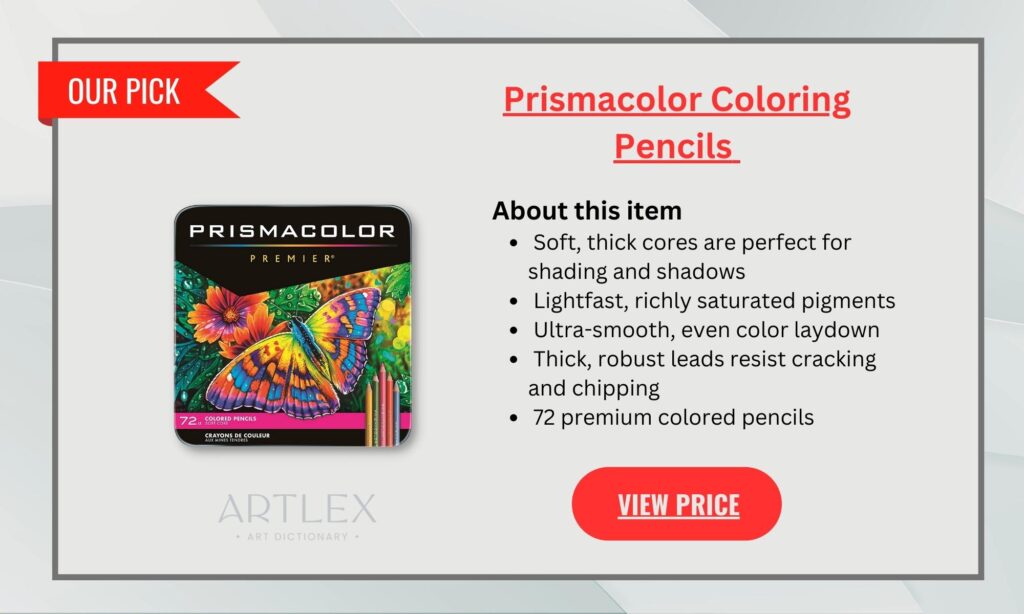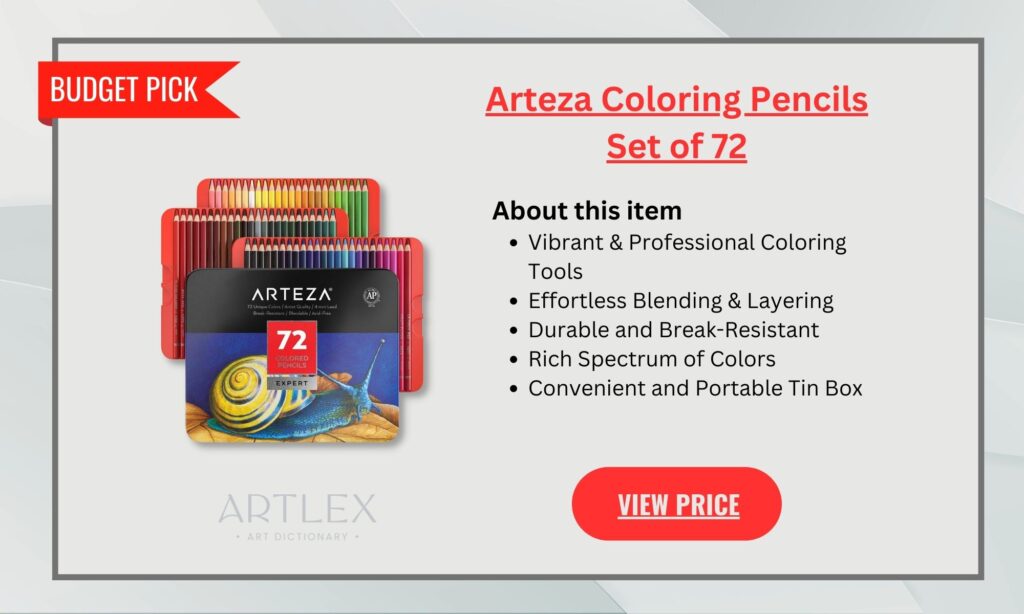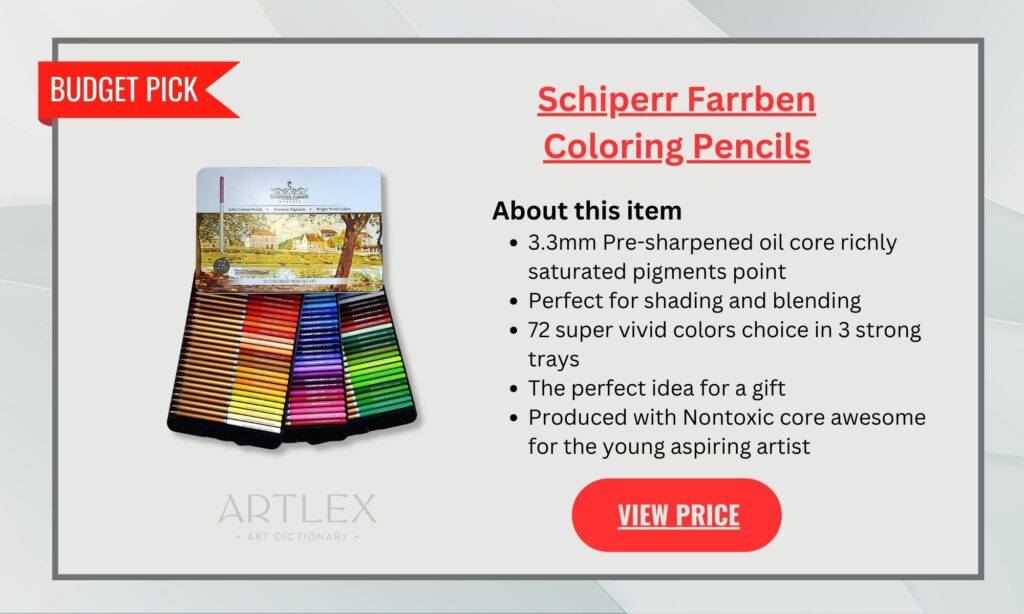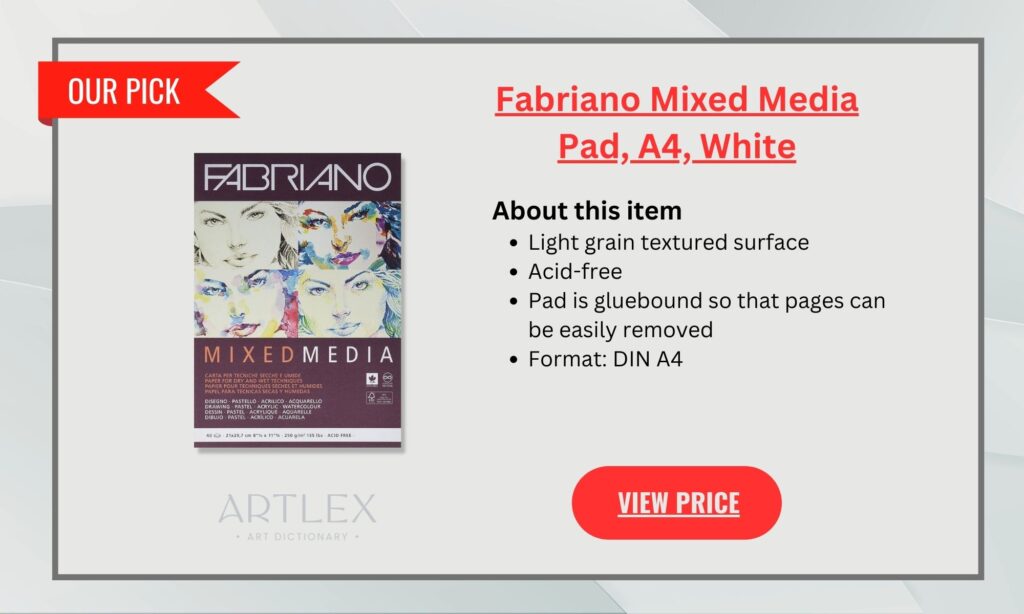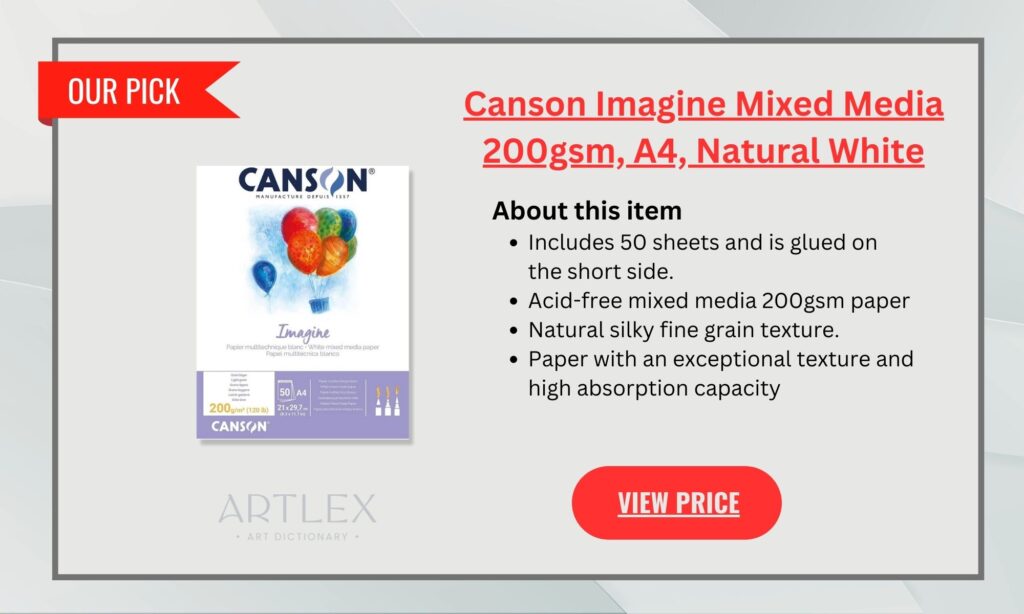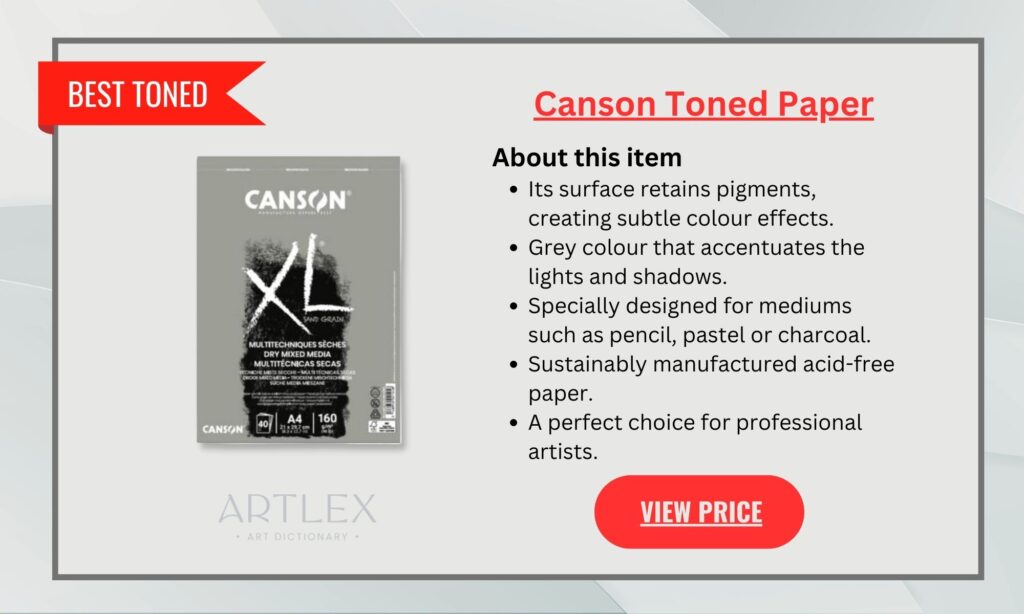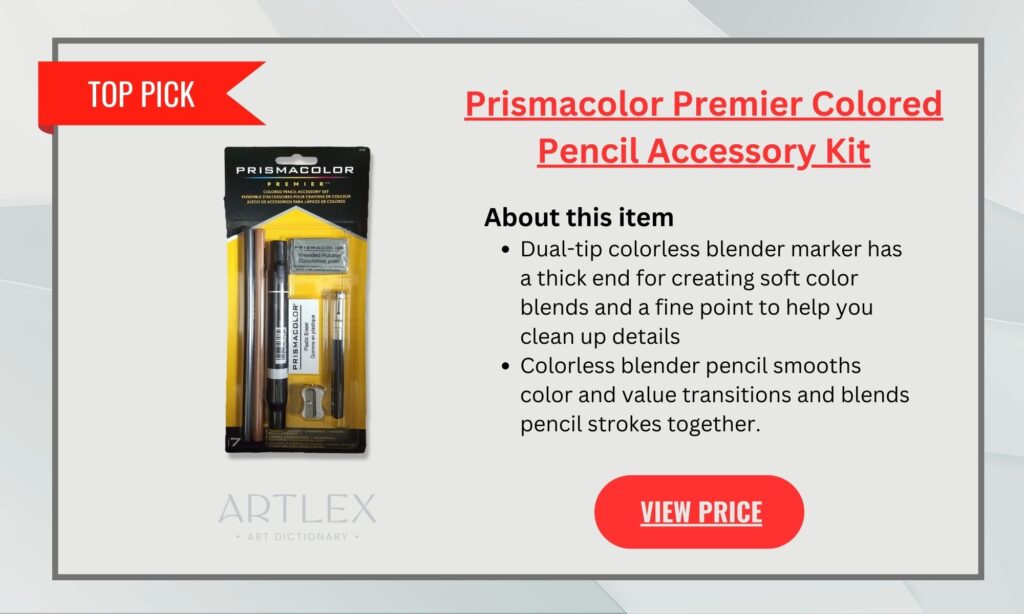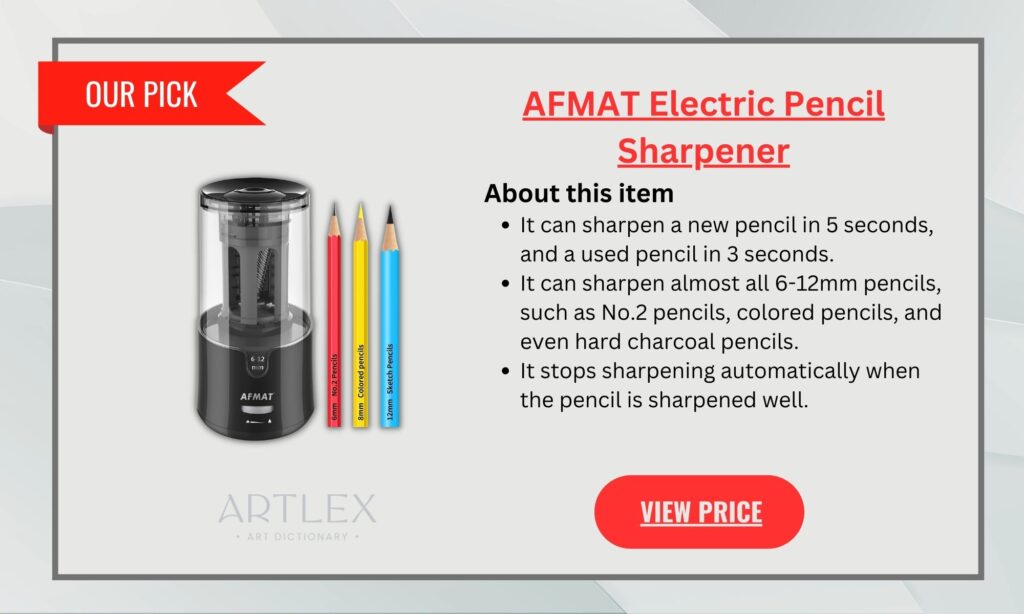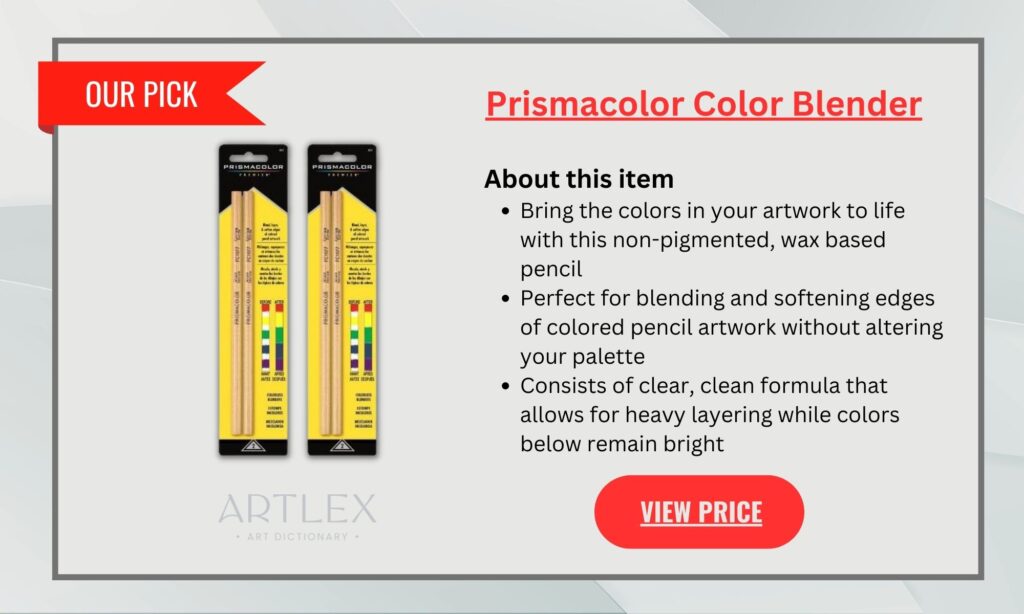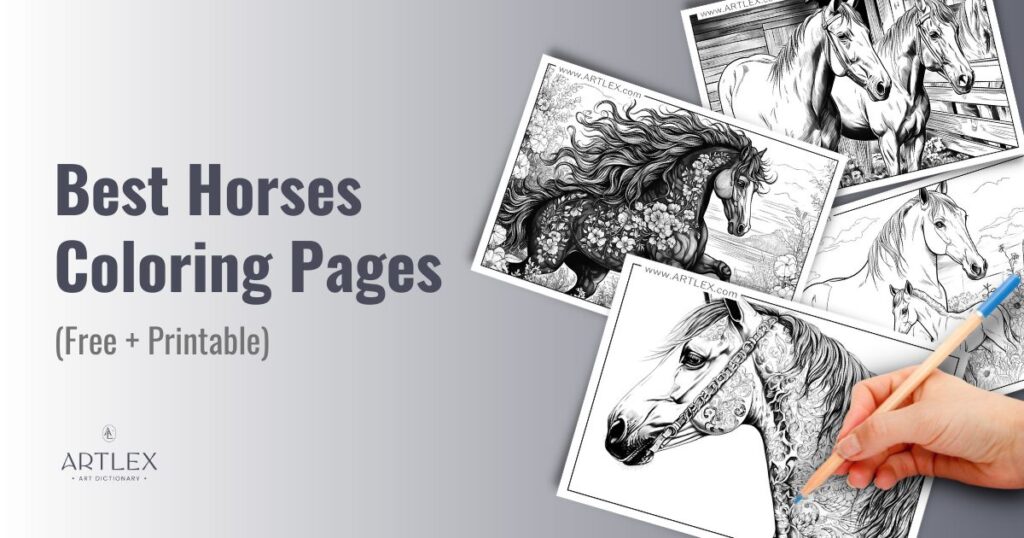
The art of coloring is not just about filling spaces; it’s a journey of self-expression, a dance between imagination and reality, where we learn to see beyond the lines.
Just as a horse represents freedom, strength, and nobility, each coloring page presents an opportunity to breathe life into these attributes. When combined, we create a unique and personal representation of these magnificent creatures.
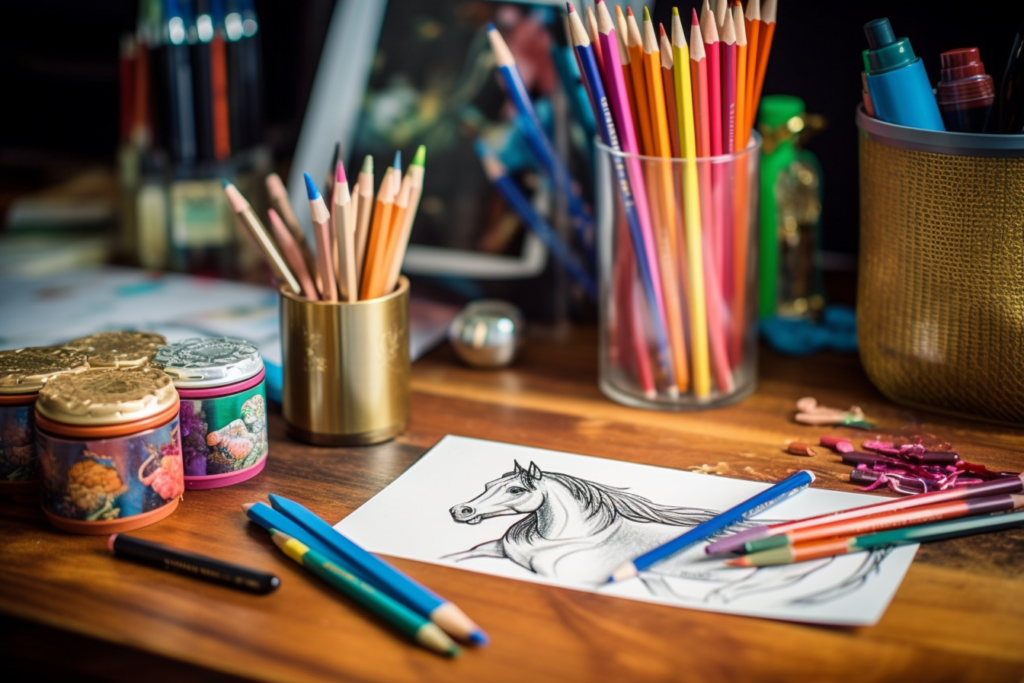
Coloring and horses may seem like separate worlds, but when they come together, they create a fun and exciting activity that will take your creativity to the next level. So, it’s time to pull out your coloring pencils and go explore the world of horse coloring pages, where each color adds its own piece to the story.
Are you ready to let your creativity run free? Let’s dive in.
Recommendations
Now, let’s talk about some tips for a stress-free coloring experience.
- Before you get started, make sure to choose a well-lit and comfortable space to work in. It’s also important to select appropriate coloring pages and supplies, including the right coloring tools and paper.
- Since our coloring pages are very high quality, you’ll be able to print them on any surface your printer supports. You can use thicker paper as well as cardstock or even watercolor paper. If you’re feeling adventurous, you can also print on paper that supports gouache or acrylic paint.
- We don’t advise you to paint with wet mediums (watercolors, gouache, inks) if you’re printing with an inkjet printer since the inks are dye-based and not resistant to water; on the other side, if you have a laser printer, then you’ll have nothing to worry about.
Take your time and remember to relax and have fun while you color – this is supposed to be a fun and therapeutic activity, so don’t stress and enjoy!
Now, let’s talk colors!
Although horses might seem to have a somewhat limited color palette, you can play with the colors, values, and intensities to create truly unique pieces of art. Here’ you’ll find some color theory advice as well as recommended color palettes for your coloring pages.
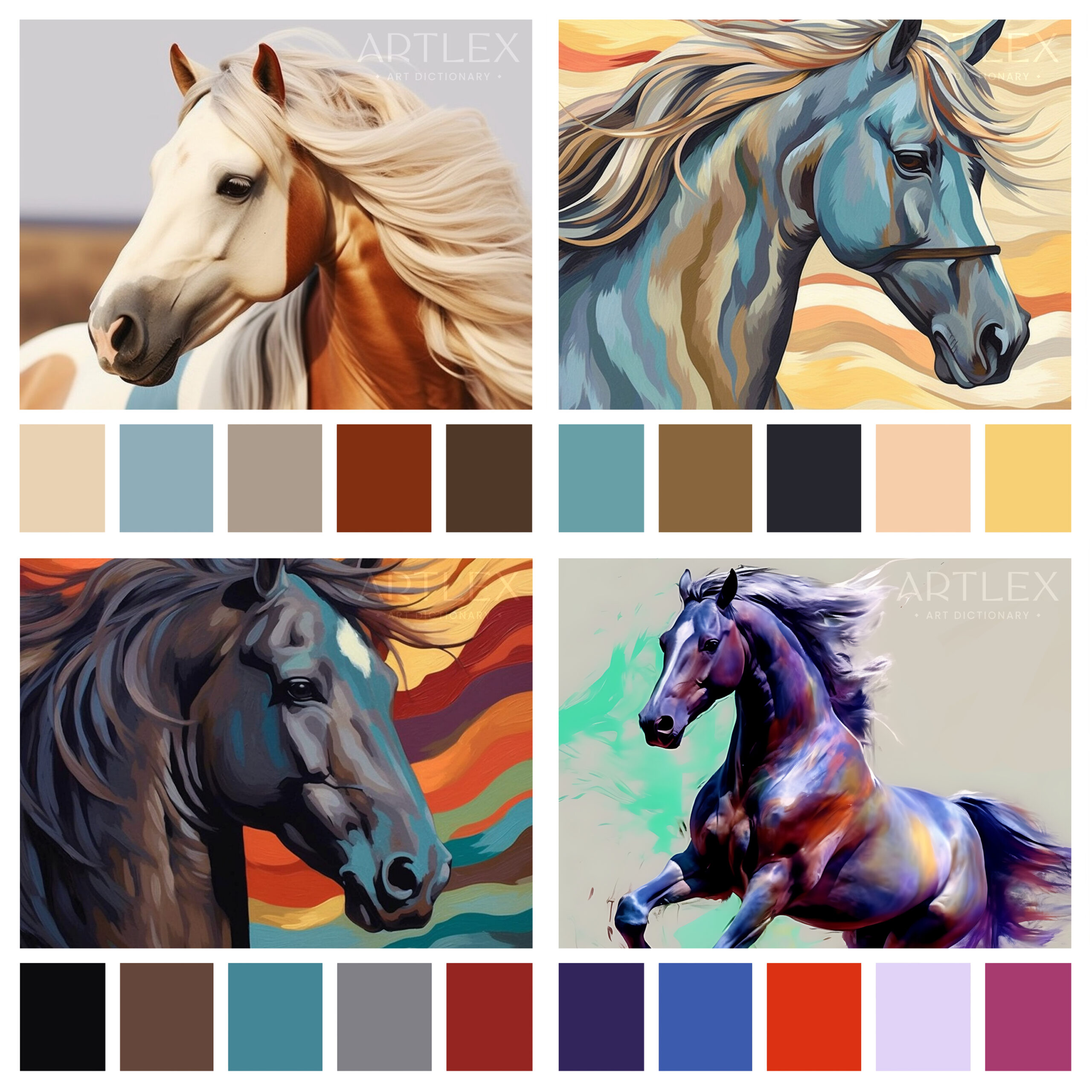
Realistic Color Schemes:
- Bay Horses: Start with a base of deep, rich browns. Then, you can use black for the mane, tail, and the lower parts of the legs. To give depth, use lighter shades of brown to highlight and darker browns to add shadows.
- Chestnut Horses: For this, you would want a reddish-brown palette. The mane and tail can be a similar shade as the body or sometimes lighter.
- Black Horses: A pure black horse can be tricky because they’re not just one flat color. Use a mix of charcoal and blacks with different undertones (blue-black, brown-black) for depth. Highlights can be shades of dark grey.
- Grey Horses: These can range from almost white to a dark iron gray. Use a variety of grays, highlighting with lighter shades and shadowing with darker ones. You can use warm and cool grays for variety.
- Palomino: A golden horse with a lighter, often cream or white, mane and tail. Use golds and light browns for the body, and creams and light yellows for the mane and tail.
Fantasy Color Schemes:
- Imagine your horse as part of a beautiful sunset. You could use a palette of deep purples and blues for the body of the horse, with mane and tail transitioning from rich orange to fiery red, as if they’re catching the light of a setting sun.
- Dark purples, blues, and blacks for the body of the horse, interspersed with ‘stars’ – small, bright dots of white or light blue. The mane and tail can be colored like a flowing nebula, with bright pinks, purples, and blues.
- Use deep greens and browns, like a horse hidden in a forest. Accents of flower colors can be used in the mane and tail, like splashes of pink for cherry blossoms or bright yellow for marigolds.
- Not the marine creature, but a horse colored with inspiration from the ocean. Use different shades of blue, from deep navy to light turquoise, for the horse’s body. The mane and tail could be colored like sea foam, transitioning from light blue to white.











When it comes to choosing the right materials, there are a variety of options to consider, that’s why we’ve prepared a selection of recommended materials so you can enjoy your coloring journey even more. Although many say that having better supplies won’t make you a better artist, it for sure can improve your experience a lot!
Good art supplies will take away most of the frustration and lack of control bad art supplies have and will make your work look much better, with brighter, more intense colors, will last more and are a delight to use.
Here is a list of recommended materials and brands:
Coloring Pencils:
Everybody knows that there is nothing better than Prismacolor, they have the softest coloring pencils, the most intense pigments, and the highest quality, however, they are quite expensive as well. Because of that, we’ve prepared two alternatives that will give you the best results without hurting your pockets as professional colored pencils would.
Paper for Coloring
You don’t need special paper for coloring, however the experience of coloring on paper that is more resistant, that has texture or that grand the pigments better is something I suggest you try. There are many types of paper for art, each one made with a specific medium in mind, however, there is also an “all-in-one” paper where you can try different mediums and experiment all you want without worrying. These two brands have great quality and are not as expensive as other professional brands. Remember, if you are going to use any kind of “wet” medium, make sure you’re printing with a laser printer.
Coloring on top of white paper can affect how our brain perceives values and colors, so it’s always recommended to try toned paper. The gray tones on the paper will give your brain a base that is neutral and will force it to work with colors differently. You will learn about value and your coloring pages will look amazing with a darker background.
Accessories:
We couldn’t forget about all the accessories you need to bring your coloring to the next level! You don’t have to buy them all, of course, however, we do recommend you get the color blender and the electric eraser or the electric sharpener if you don’t have a good sharpener at home.
Colored pencils and markers are great for traditional coloring and fine detail work, while watercolor pencils allow for a more fluid and blended look. If you’re feeling adventurous, try using markers and gel pens to add bold and vibrant colors to your pages.
And remember, with the right color palettes and supplies, you can bring your coloring pages to life. So grab your coloring tools and get started today!
Happy Coloring!

